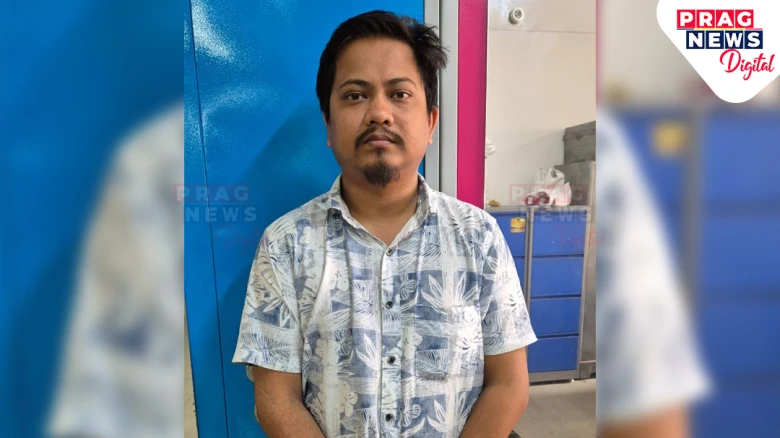Three of the nine spillway radial gates have been finished, four are in the advanced stages of construction, and two are still to be put in place.
Digital Desk: The Lower Subansiri Hydro Electric Power project had a crack in the powerhouse dike, which worried the locals and may have delayed the commissioning, but NHPC officials ruled out any such problem.
The damaged Power House dyke, according to NHPC Consultant Mr. A N Mohammaed, was built to make it easier to build the Tail Race Channel (TRC), which allowed water from turbines to flow back into the river.
The TRC was already built, therefore the dyke had no use. According to Mr. A.N. Mohammed, the dyke breached as a result of an increase in river discharge, allowing water to enter the TRC. He continued by saying that while the project was in operation, the TRC would always be filled with water and would be regarded as a part of the river.
He asserts that TRC water cannot penetrate the powerhouse. According to the progress made up to June 10 in the construction of the dam, which is 99.5 percent complete, the first two hydroelectric power units are anticipated to be put into service by January of the following year.
Three of the nine spillway radial gates have been finished, four are in the advanced stages of construction, and two are still to be put in place.
Due to increased river discharge and spillway overflow, the remaining building work on the Radial gates could not be finished. Only one water-diversion tunnel is now operational, and even though it is currently running at a rate of about 5000 cubic metres per second, it has a capacity of about 950 cubic metres per second.
The schedule for commissioning was postponed as a result. A single or two units may be put into service in December or January of the following year, and the entire project would be finished by the end of 2024. The project's revised cost is Rs. 21,247 crore, although the original estimate called for just Rs. 6,285 crore.
Similar to how power production was expected to cost Rs. 1.53 per unit when it was planned for in 2002, but it now costs Rs. 5.60 per unit.








Leave A Comment